
Reliable communication can save lives during emergencies. The Metal Analog Voip telephone line powered public weatherproof telephone for buildingJWAT316 offers a dependable solution for critical situations. Its durability makes it ideal for harsh environments. Whether in a factory or a public space, this de emergencia Proyección de teléfono ensures clear connectivity when it matters most. From mining Explosion Proof Telephone systems to IP Explosion Proof Telephone options, these devices tackle challenges like extreme weather and high-stress conditions with ease.
The Role of Reliable Communication in Building Emergencies
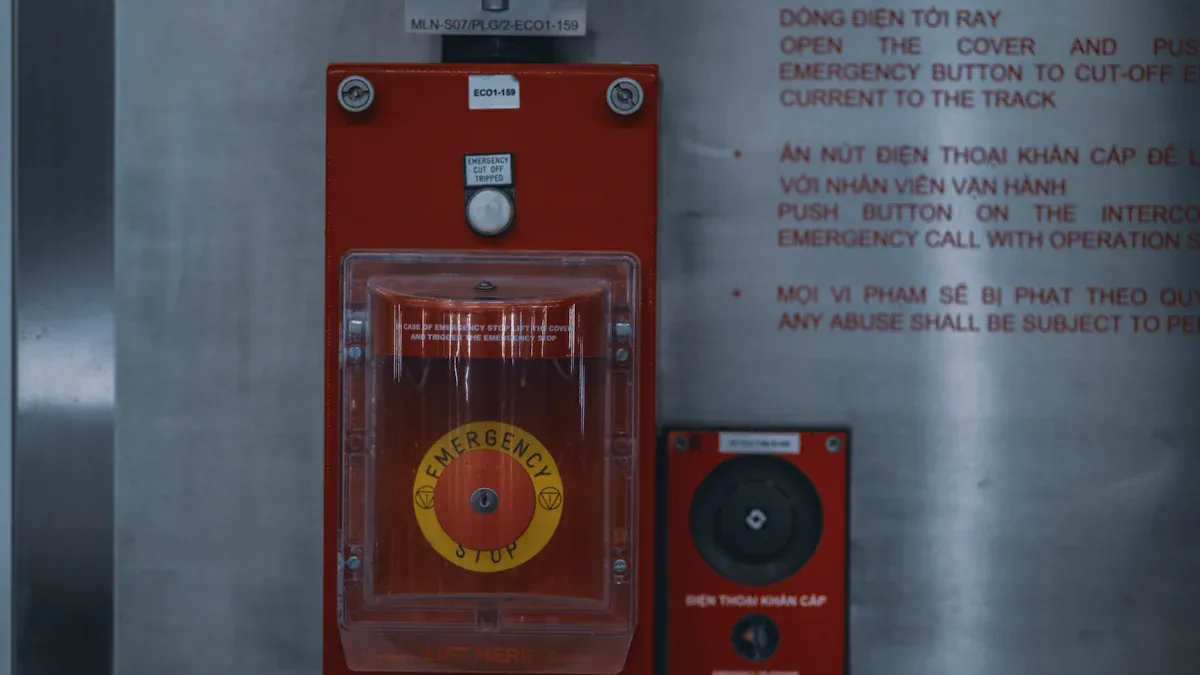
Why communication is vital for safety and coordination
Reliable communication plays a crucial role in ensuring safety and coordination during emergencies. When disaster strikes, responders need clear and immediate information to make life-saving decisions. Tools like the Metal Analog Voip telephone line powered public weatherproof telephone for buildingJWAT316 provide dependable communication channels, even in challenging conditions.
Organizations that lack systematic emergency procedures often face chaos during critical incidents. This can disrupt operations and harm their reputation. Flexible and scalable communication solutions, such as VoIP technology, enhance situational awareness and help responders coordinate effectively. For example, a medical center learned the importance of maintaining an updated contact list during a power outage. This simple step ensured accurate communication and improved response times.
Communities can also benefit from evaluating their crisis communication plans. Involving first responders and the public ensures timely and effective communication during emergencies. Sharing lessons from past incidents further strengthens preparedness and coordination.
The impact of communication failures during emergencies
Communication breakdowns during emergencies can have devastating consequences. In 2005, Hurricane Katrina highlighted how miscommunication delayed responses and confused evacuation efforts. Tragically, this led to significant loss of life. Similarly, during Hurricane Ian in 2022, vulnerable populations, including seniors, suffered due to poor communication.
These incidents underline the importance of reliable tools like the JWAT316. Its robust design ensures functionality even in extreme conditions, making it an essential part of any emergency response system. Clear communication not only saves lives but also prevents panic and ensures resources are used effectively.
Challenges in Emergency Communication for Buildings
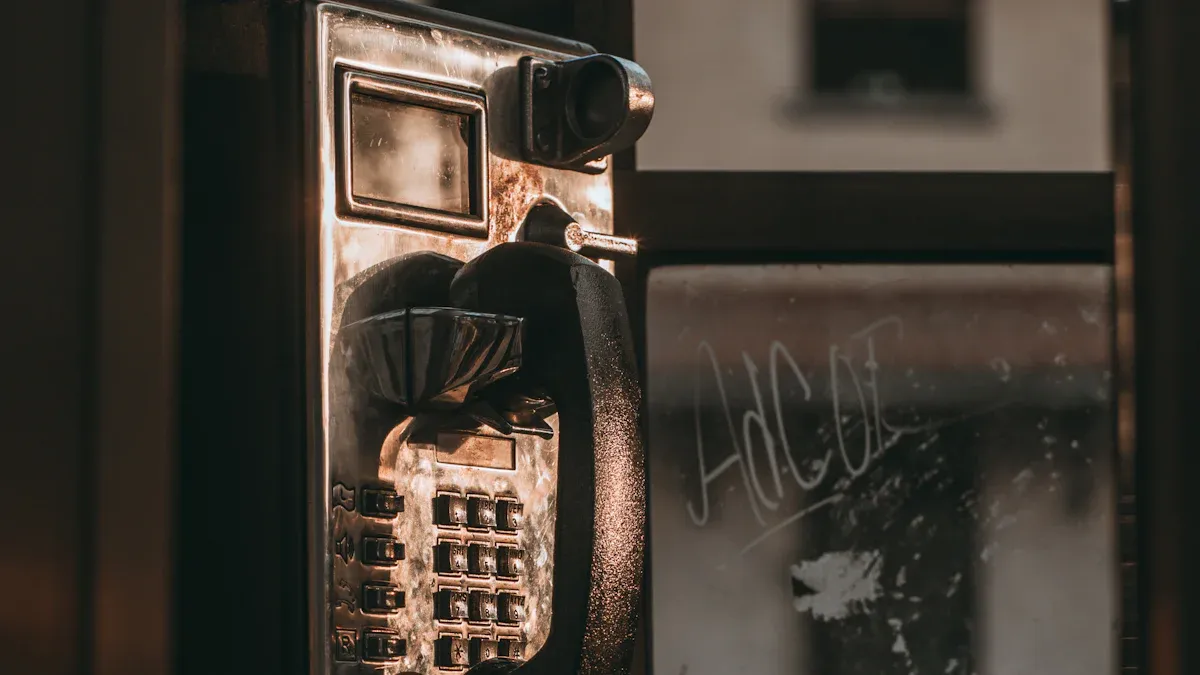
Infrastructure damage and its effect on traditional systems
Emergencies often cause significant damage to building infrastructure. Fires, floods, or earthquakes can disrupt traditional communication systems like landlines. When wires are severed or equipment is destroyed, these systems fail to deliver critical messages. This breakdown leaves occupants and responders without a reliable way to coordinate.
Metal VoIP telephones, such as the JWAT316, address this issue with their robust design. Constructed from cold-rolled steel, they withstand harsh conditions and remain operational even when traditional systems falter. Their ability to function independently of external power sources ensures communication lines stay open during power outages.
Tip: Buildings in disaster-prone areas should prioritize installing durable communication devices to mitigate risks.
Overloaded mobile networks in crisis situations
Mobile networks often collapse under the pressure of emergencies. High call volumes during crises overwhelm the system, making it impossible to connect.
- After the 2004 Indian Ocean tsunami, mobile networks failed due to the earthquake, causing widespread communication breakdowns.
- Public safety officials struggled to warn people via calls or SMS, highlighting the dangers of network overload.
Devices like the JWAT316 bypass these issues by operating on dedicated lines. This ensures uninterrupted communication, even when mobile networks are down.
The need for tamper-resistant and weatherproof devices
Emergency communication devices must endure tough conditions. Vandalism, extreme weather, and heavy usage can render standard equipment useless. The JWAT316 solves this problem with its weatherproof and tamper-resistant design. Its IP54 rating, upgradeable to IP65, protects it from dust, water, and impact. This makes it ideal for both indoor and outdoor use, ensuring reliability when it’s needed most.
Investing in durable, weatherproof devices enhances safety and ensures long-term functionality.
Features and Benefits of the Metal Analog Voip Telephone Line Powered Public Weatherproof Telephone for BuildingJWAT316
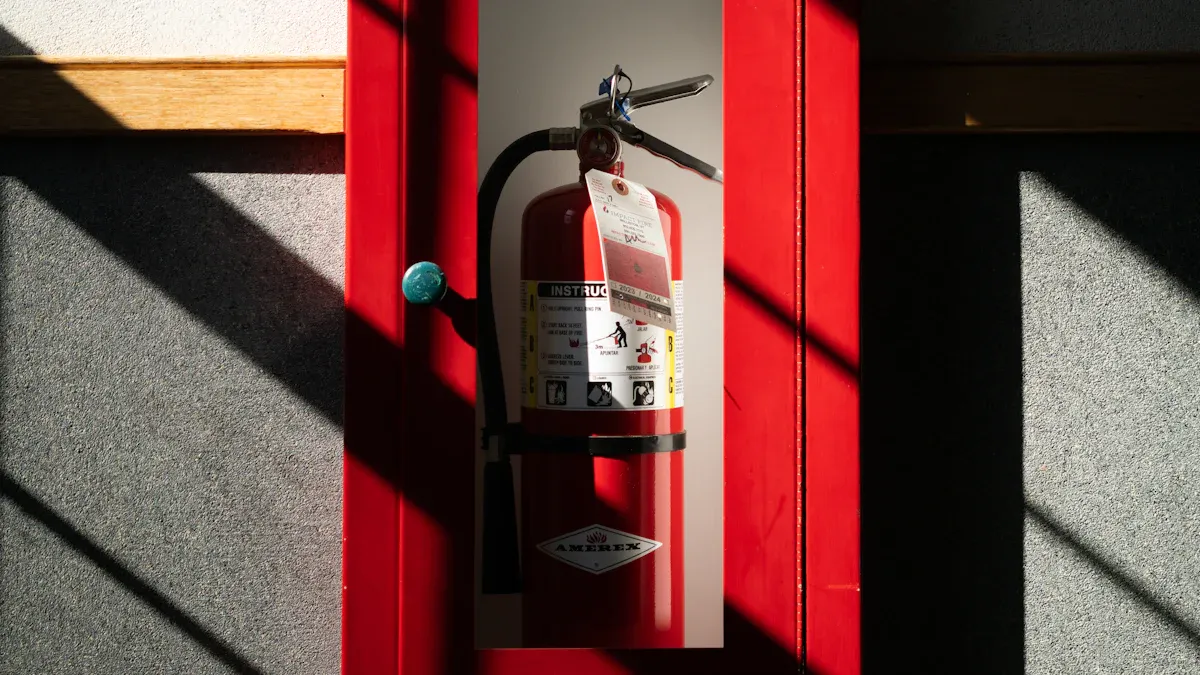
Durability and weather resistance for harsh environments
The Metal Analog VoIP Telephone JWAT316 is built to last. Its cold-rolled steel construction and powder-coated finish provide exceptional mechanical strength, making it resistant to impacts and wear. This durability ensures the device performs reliably in environments where standard telephones might fail.
The telephone’s weatherproof design is another standout feature. With an IP54 rating, it resists dust and water splashes, making it suitable for outdoor use. For even harsher conditions, customers can opt for an IP65 upgrade, which offers enhanced protection against water jets and dust ingress. Rigorous high and low-temperature tests confirm its ability to function in extreme weather, from freezing cold to scorching heat.
Tip: Installing weather-resistant devices like the JWAT316 can prevent communication failures during storms, floods, or other natural disasters.
VoIP technology for reliable and flexible connectivity
VoIP technology transforms emergency communication by offering reliable and flexible connectivity. Unlike traditional landlines, VoIP systems use internet protocols to transmit voice data, ensuring clear communication even during infrastructure disruptions. The JWAT316 leverages this technology to provide dependable service in critical situations.
Emergency scenarios often overwhelm mobile networks, leading to delays that can cost lives. Studies show that delays of just five minutes in notifying an ambulance can increase fatality rates by up to 30%. VoIP telephones bypass these issues by operating on dedicated lines, ensuring uninterrupted communication. With over 240 million emergency calls made annually in the U.S., devices like the JWAT316 play a vital role in reducing response times and saving lives.
Note: VoIP systems are ideal for buildings with existing internet infrastructure, offering a cost-effective solution for comunicación de emergencia.
Integration with existing building systems for seamless operation
The JWAT316 is designed to integrate seamlessly with existing building communication systems. It supports multiple communication modes, including analog, VoIP, and GSM, allowing it to adapt to various setups. This flexibility ensures compatibility with both modern and traditional systems, making it a versatile choice for building managers.
Extensive testing, including electric acoustical and waterproof tests, confirms the device’s reliability and ease of integration. Whether installed in industrial facilities, schools, or public spaces, the JWAT316 operates smoothly alongside other communication tools. Its wall-mounted design simplifies installation, while its vandal-resistant features ensure long-term functionality in high-traffic areas.
Upgrading to the JWAT316 can enhance a building’s emergency preparedness without requiring major changes to existing systems.
Real-World Applications of the JWAT316 in Emergency Scenarios
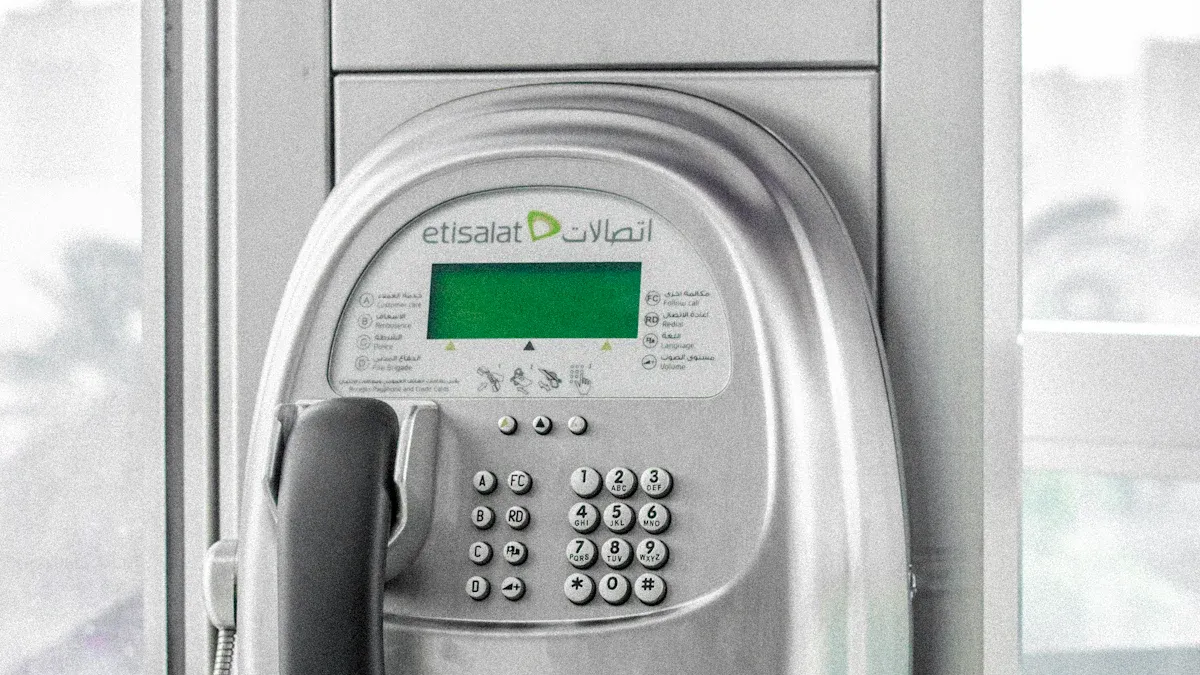
Use cases in industrial facilities, schools, and public spaces
The Metal Analog Voip telephone line powered public weatherproof telephone for buildingJWAT316 has proven to be a versatile communication tool across various environments. In industrial facilities, it plays a critical role in ensuring worker safety. Factories often operate in noisy and hazardous conditions, where traditional communication devices fail. The JWAT316, with its noise-canceling microphone and durable design, provides clear communication even in these challenging settings. Workers can quickly report emergencies, such as equipment malfunctions or accidents, ensuring timely responses.
Schools also benefit from this reliable device. Administrators can use it to communicate during lockdowns, fire drills, or other emergencies. Its vandal-resistant features make it ideal for high-traffic areas like hallways or playgrounds. In one instance, a school in a hurricane-prone region installed the JWAT316 to maintain communication during storms. This decision helped staff coordinate evacuation efforts effectively, ensuring student safety.
Public spaces, such as parks, stadiums, and transportation hubs, require robust communication systems to handle emergencies. The JWAT316 fits perfectly in these environments. Its weatherproof design ensures functionality in outdoor settings, while its wall-mounted installation keeps it secure. For example, a city park installed these telephones to provide visitors with a reliable way to contact emergency services. This initiative enhanced public safety and gave visitors peace of mind.
Tip: Consider installing the JWAT316 in areas with high foot traffic or potential safety risks to improve emergency preparedness.
Proven effectiveness in high-risk and outdoor environments
The JWAT316 excels in high-risk and outdoor environments where other communication devices often fail. Its cold-rolled steel construction and IP54 rating make it resistant to harsh weather conditions, including rain, snow, and extreme temperatures. Customers can also upgrade to an IP65 rating for added protection, making it suitable for environments like tunnels, marine docks, and mining sites.
In high-risk areas, such as underground mines or chemical plants, the JWAT316 ensures uninterrupted communication. Workers can rely on it to report hazards or request assistance. Its ability to operate on standard telephone line power means it remains functional even during power outages, a critical feature in emergencies.
Outdoor environments, like parking lots or guard stations, also benefit from the JWAT316’s robust design. Its zinc alloy keypad and magnetic hook switch ensure long-term reliability, even with frequent use. For instance, a stadium installed these telephones to enhance crowd management during events. The devices allowed staff to communicate effectively, preventing potential safety issues.
Note: The JWAT316’s proven track record in high-risk and outdoor environments makes it a dependable choice for emergency communication.
Implementing Metal VoIP Telephones in Buildings
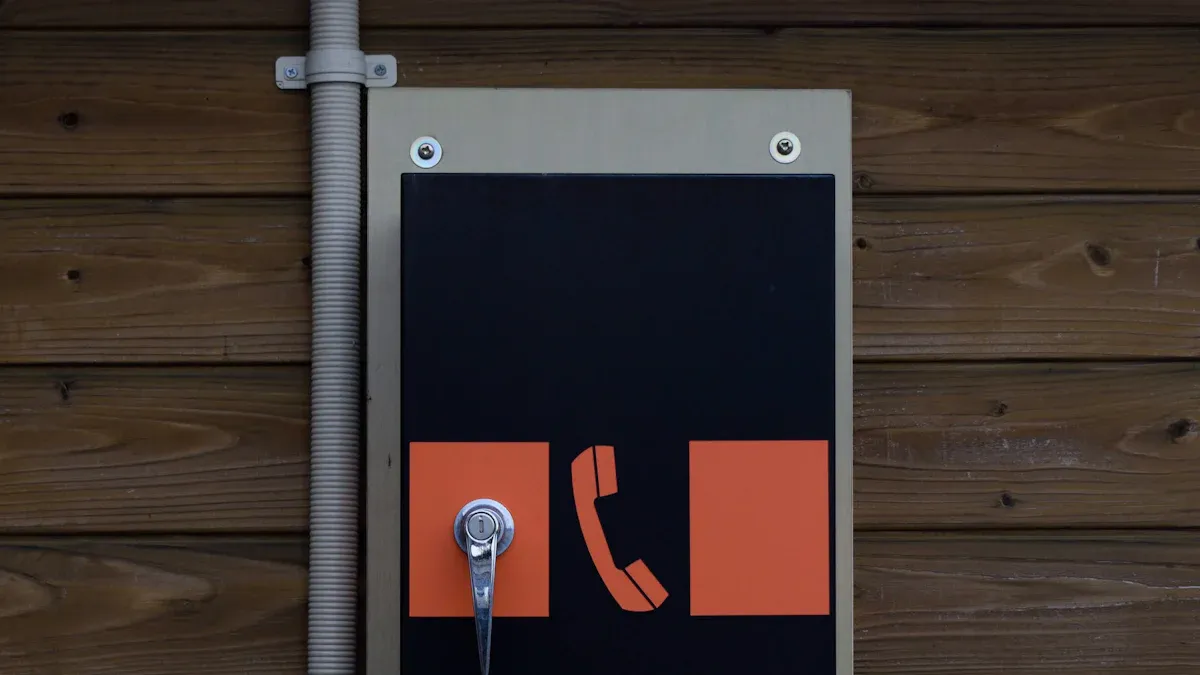
Assessing specific communication needs for your building
Every building has unique communication requirements, especially during emergencies. Identifying these needs is the first step in implementing a reliable system. For instance, industrial facilities may require devices that can withstand extreme temperatures and heavy usage. Schools might prioritize vandal-resistant features for high-traffic areas. Public spaces often need weatherproof telephones to ensure functionality outdoors.
Building managers should evaluate factors like the size of the property, the number of users, and potential risks. A thorough assessment helps determine the best locations for installation and ensures the system meets safety standards.
Tip: Conducting a risk assessment can highlight vulnerabilities and guide the placement of emergency communication devices.
Selecting the right model, such as the JWAT316
Choosing the right telephone model is crucial for effective communication. The JWAT316 stands out for its durability and versatility. Its cold-rolled steel construction and powder-coated finish make it resistant to impacts and harsh conditions. This model supports multiple communication modes, including analog, VoIP, and GSM, making it adaptable to various setups.
Its IP54 rating, with an option to upgrade to IP65, ensures protection against dust and water. These features make the JWAT316 suitable for industrial facilities, schools, and public spaces. Its vandal-resistant handset and zinc alloy keypad add extra layers of security, ensuring long-term reliability.
Note: Selecting a model with flexible connectivity options ensures compatibility with existing systems.
Ensuring proper installation and regular maintenance
Proper installation and maintenance are essential for the long-term functionality of emergency telephones. The JWAT316 undergoes rigorous testing, including fire resistance and temperature variation tests, to ensure reliability. Its waterproof design and international certifications guarantee performance in diverse environments.
Regular inspections can prevent issues like wear and tear or environmental damage. Building managers should schedule periodic checks to ensure the devices remain operational. Simple steps, like cleaning the keypad and testing the connection, can extend the telephone’s lifespan.
Investing in maintenance protocols ensures the JWAT316 continues to provide dependable communication when it’s needed most.
The Metal Analog Voip telephone line powered public weatherproof telephone for buildingJWAT316 stands out as a dependable solution for emergency communication. Its rugged design and advanced features ensure it performs well in tough conditions. By integrating this device, building managers can enhance safety and prepare for emergencies effectively. Prioritizing such tools makes a real difference.
FAQ
1. What makes the JWAT316 suitable for outdoor environments?
The JWAT316 has a weatherproof design with an IP54 rating, upgradeable to IP65. It resists dust, water, and extreme temperatures, ensuring reliable performance outdoors. 🌦️
2. Can the JWAT316 work during power outages?
Yes, it operates on standard telephone line power. This feature ensures uninterrupted communication even when the building loses electricity. ⚡
3. How does the JWAT316 prevent vandalism?
Its vandal-resistant handset includes an internal steel lanyard and grommet. The zinc alloy keypad adds durability, making it ideal for high-traffic areas. 🛡️


